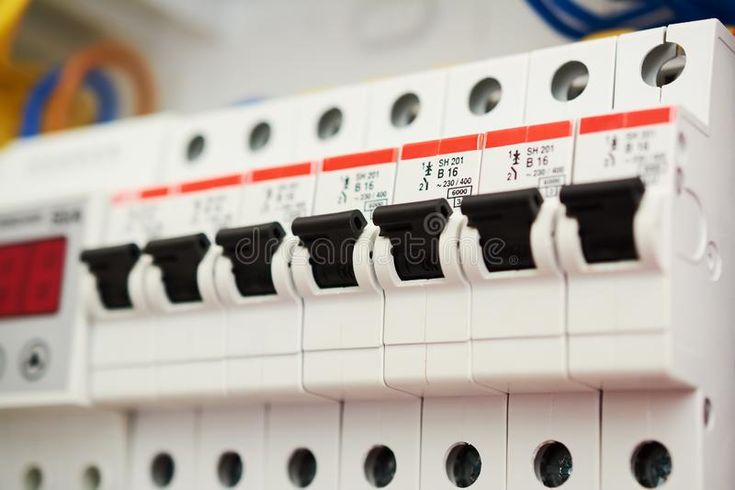Given the all-time high energy consumption in modern society, our management of our electrical systems becomes even more important. Electrical switchboards are among the often underappreciated heroes of modern energy control. For electrical distribution in homes, companies, and businesses equally, these basic elements form the central nervous system. They guard against overloads and faults and guarantee flawless flow of power to many devices.
Deeper exploration of this subject will reveal how these complex components behind-the-scenes maintain our lights on and our devices running as usual. Knowing electrical switchboards helps one to see energy efficiency and safety in our daily life from their building to their changing technology. Let’s investigate their critical importance in both present systems and next developments!
How Electrical Switchboards Work
The central hub for distributing power over a building or facility is an electrical switchboard. They divide arriving electrical power among several circuits.
Protective devices like circuit breakers track current flow as power loads onto the switchboard. Should an overload or fault occur, these devices rapidly disconnect the impacted circuit to stop damage.
Usually found in every part of a switchboard, meters track voltage and amperage levels. By means of real-time monitoring, operators can effectively control energy consumption.
Modern switchboards also commonly include smart technology for remote access and control. Users of this function can make changes without requiring actual access.
Component layout inside varies depending on design criteria. All are designed, nevertheless, for dependability and safety in controlling electrical loads for various uses.
Types of Electrical Switchboards
Different kinds of electrical switchboards exist, each suited for particular uses.
One often used kind is the distribution switchboard. These are fundamental for controlling power across a facility so that various areas receive safe and effective electricity flow.
Another kind is the motor control center (MCC). MCCs are meant especially to run motors in factories. They offer protection and monitoring tools in addition to on/off capability.
Service entrance switchboards then manage arriving electrical supply from utility companies. These boards guarantee that, while distributing energy internally, it enters a building safely.
Modular switchboards give installers and designers freedom. As demand increases, they can be easily enlarged and tailored depending on specific requirements. Every kind is essential in contemporary energy management systems since it maximizes performance in different sectors.
The Importance of Electrical Switchboards in Energy Management
Energy management revolves mostly on electrical switchboards. The nerve center for electrical distribution, they effectively direct power from several sources to several circuits.
Through control of electrical loads, these systems guarantee stability in buildings and help to prevent overload. Reducing expenses and maximizing energy consumption depend on this capacity.
Moreover, well-made switchboards improve safety by means of fault or failure prevention. They minimize possible risks by including automatically cutting off circuit breakers during irregularities.
Additionally enabling real-time energy consumption monitoring are switchboards. This information helps companies to decide on their energy plans with knowledge.
The need of including advanced switchboard technology is obvious as sectors aim for sustainability. Good management supports greener practices in many different fields in addition to raising operational performance.
Advancements in Electrical Switchboard Technology
Recent developments in electrical switchboard technology have changed the way we run energy systems. Real-time monitoring features of smart switchboards enable quick response on energy consumption and efficiency.
These developments let renewable energy sources be more closely integrated. Modern switchboard designs allow solar panels and wind turbines to easily link to the grid, so maximizing general performance.
Furthermore, improving dependability and safety are automation tools. Remote control features of modern electrical switchboards let operators run systems from a distance. This reduces downtime under crises or during maintenance.
Cybersecurity has also grown to be quite important. Improved encryption techniques guard against online attacks capable of upsetting systems of power distribution.
These advancements make electrical switchboards extremely important for not only controlling energy but also guaranteeing safe and effective delivery of it over many different industries.
Common Issues and Maintenance Tips for Electrical Switchboards
Management of the power distribution systems in residential, business, and industrial environments depends critically on electrical switchboards. Like any other electrical equipment, they can eventually run across problems, though. Safe and best performance depend on regular maintenance.
Typical issues include overheating from too heavy loads or poor ventilation. Make sure your electrical switchboard reduces this risk by being placed with enough airflow around it. Look for wear indicators including burned connections or insulation damage; if not quickly addressed, these can cause major hazards.
Your normal practice should incorporate routine inspections. Regularly check for loose connections since over time vibration may cause them to come unseated. Performance can also be impacted by dust; think about carefully cleaning the internal parts.
When handling major repairs or enhancements on your electrical switchboard system, always seek advice from experts. They have the knowledge needed to safely and successfully apply lifetime-oriented solutions for complicated problems.
Regular maintenance not only increases the lifetime of your electrical switchboards but also improves their energy management performance, so ensuring you maximize the value from your power source and reduce the risks related to malfunction.













Leave a comment